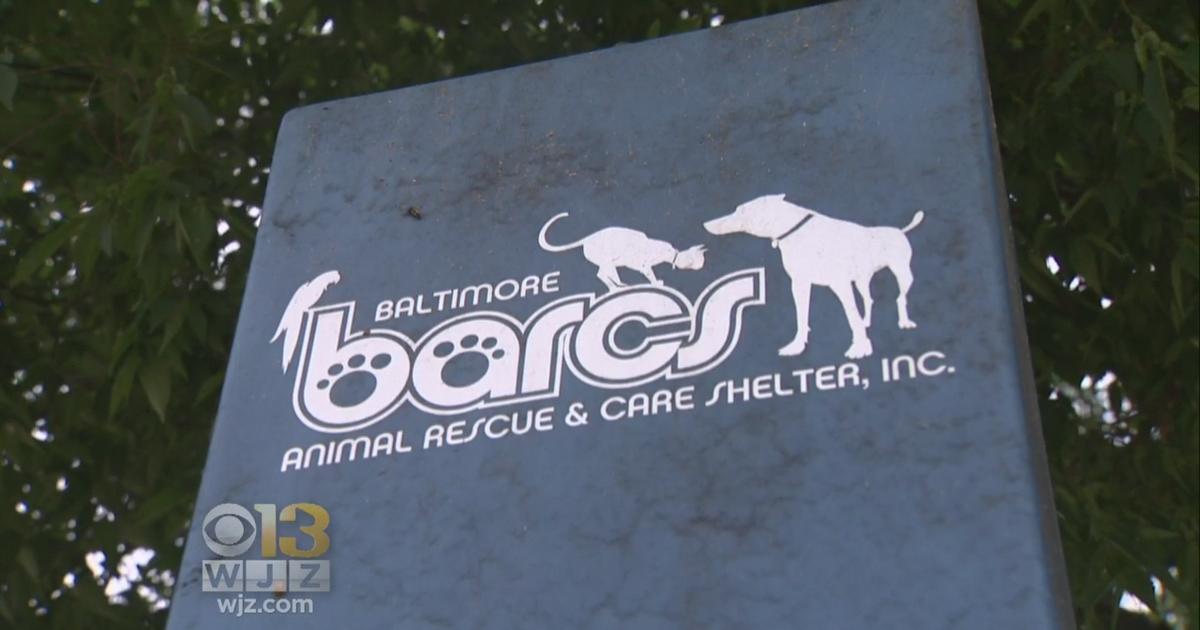More Than 86 Percent Of Arkansas Now In Some Form Of Drought
LITTLE ROCK, Ark. (AP) — More than 86 percent of Arkansas is in some form of drought ahead of a warm, dry winter forecast, meaning there's little chance of immediate relief.
Because of the drought, ranchers are turning to alternate sources of feed for cattle as pastureland disappears.
"Everyone is running out of grass," said Jason Needham, manager of the Southeast Feed store in De Queen, referring to pastureland for cattle. "Farmers ran later in the summer with pasture grass than before because of the earlier rains. It was pretty good until now," Needham said.
The U.S. Drought Monitor, released Thursday, shows 86.3 percent of the state is in some form of drought; only the far northern tier of counties are excluded. The driest areas are in southwestern Arkansas and a small portion of southeastern Arkansas, which are rated in severe drought, while an area south of a line roughly from Fort Smith to Jonesboro is in moderate drought.
"It looks like this could be a very persistent drought," meteorologist Deborah Bathke with the National Drought Mitigation Center told the Arkansas Democrat-Gazette (http://bit.ly/2fH6uRR ). "It's going to remain (in Arkansas) for a while." The formation of a La Nina, a cooling of the waters in the Pacific Ocean, will force weather patterns to trend farther to the north and keep most moisture-producing systems away from Arkansas, she said.
In Altheimer, the Duck Down Guide Service pumped water on 4,000 acres to provide habitat for migrating ducks ahead of the Nov. 19 opening of duck hunting season.
"We've got to put water on them to get the ducks here," said Tiffany Henderson, who owns the service with her husband. She said it's costly, but her husband owns farm irrigation equipment and can readily fill the fields with water.
Fifteen county judges have issued burn bans and the Arkansas Forestry Commission rated the entire state as at least "moderate" for fire danger. A portion of northwest Arkansas is rated "high" for fire danger, and burning there is discouraged.
If there's going to be a drought, it's a good time for wheat farmers, who are harvesting their crops now and will be planting again in February, according to Arkansas Farm Bureau spokesman Steve Eddington.
"But we need rain for the spring," he said. "You can't plant in the dust."
___
Information from: Arkansas Democrat-Gazette, http://www.arkansasonline.com
Copyright 2016 The Associated Press. All rights reserved. This material may not be published, broadcast, rewritten or redistributed.



